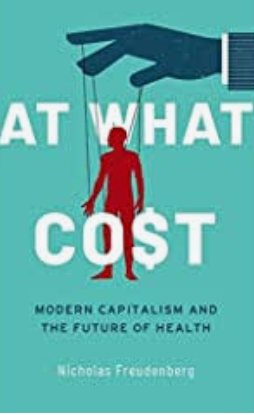Feed the Truth: Draining the Swamp
Several years ago, Daniel Lubetzky, the founder of KIND bars, donated funds to create an organization, Feed the Truth, to investigate food industry influence on our food system. I was part of a team that suggested names for members of the group’s board. Once Lubetzky set up the funding, he has had nothing further to do with the group. The board appointed Lucy Martinez Sullivan as its executive director.
She explains this group in a YouTube video.
As its first public action, Feed the Truth, along with Maplight, a group focused on exposing the influence of money in politics, has just published Draining the ‘Big Food’ Swamp [the Executive summary is here; the full report is here].
This report is about how the food industry exerts power. It “exposes how the $1.1 trillion food and agriculture industry flexes its political muscle through a web of trade association lobbying and campaign spending, while operating behind the scenes to undermine public health, perpetuate inequality, and consolidate power.”
Some of the report’s findings:
- In the last 10 years, the largest 20 food industry groups spent over 300 million dollars on federal lobbying.
- Of nearly 6,300 food trade associations, the 20 largest spent more than 300 million dollars on federal lobbying in the last 10 years.
- Half of food trade lobbying came from only three groups: the National Restaurant Association, the American Beverage Association and the Consumer Brands Association.
- The National Restaurant Association is lobbying relentlessly to block efforts to raise the national minimum wage.
- The meatpacking industry is lobbying to keep workers on the job and to increase line speeds, despite the spread of COVID-19.
- More than 80% of the food industry lobbyists at the largest trade associations are “revolvers,” or individuals who now lobby the officials and agencies they once worked for.
- The top 20 food trade associations spent more in campaign donations to members of Congress who voted to overturn the election results than those that didn’t.
Feed the Truth also launched a petition calling on PepsiCo, a major member of all three of the top trade groups, to get its money out of politics.
This report is an impressive first step for this group. I can’t wait to see what else it will do.
Resources



